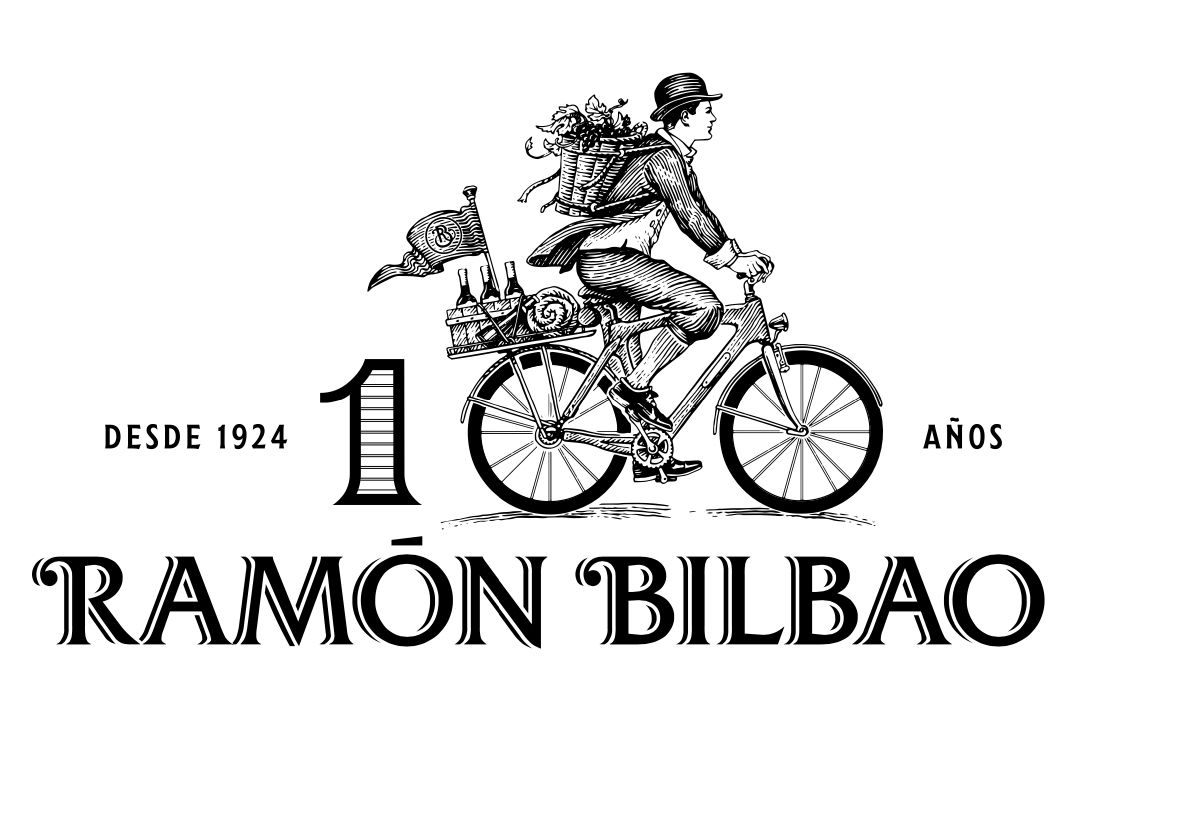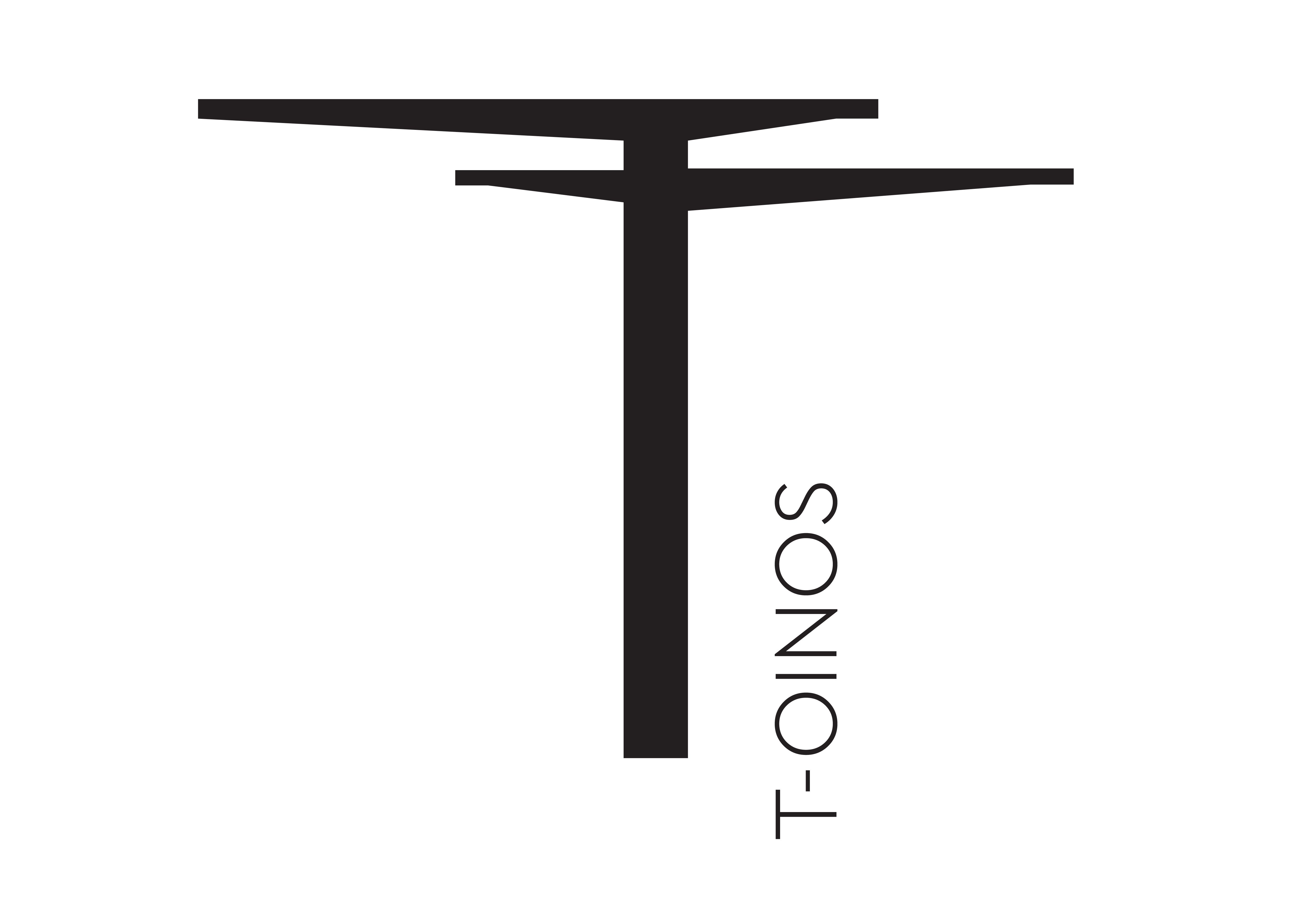One of the features of writing about wine is that wines come at you thick and fast, so much so that the writing part is almost a necessary way of preserving their fleeting memories. For me, 2024 was my first year of working entirely freelance after more than ten years on the trade side and it was a deep dive into Italy and South Africa.
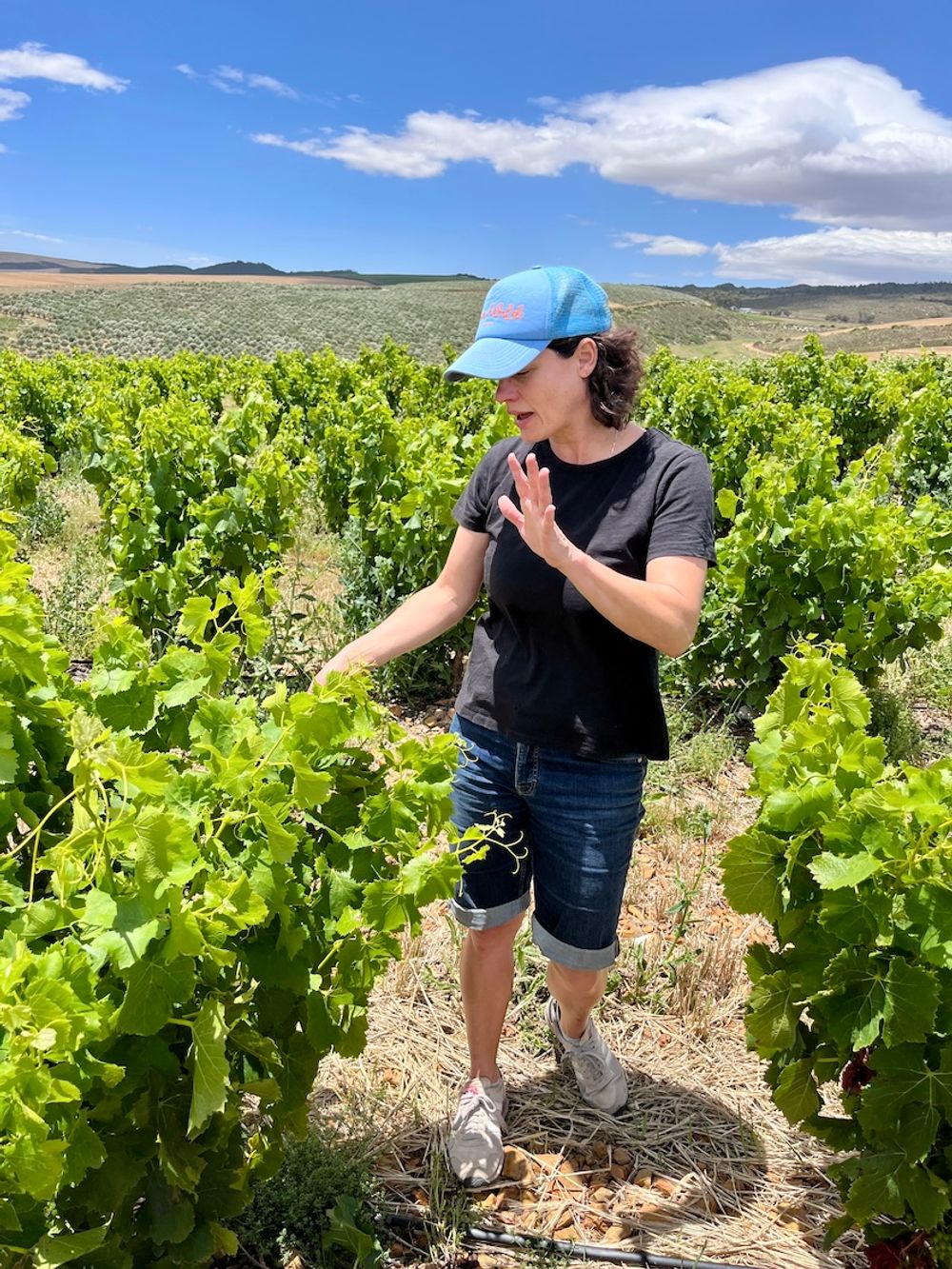
In the vines with Marelise Niemann
At the start of the year I had the pleasure of interviewing Marelise Niemann of Momento and Anysbos for Decanter, profiling her love affair with Grenache. Later in 2024, I’d have the chance to taste her newly released soil-specific bottlings focussing on Grenache across the Cape. The stunning new Momento Piekenierskloof 2022 from sandstone soils was a beautifully delineated and pure wine that captured the essence of Grenache.
February brought a retrospective at another South African winery, Boekenhoutskloof, celebrating 30 harvests under the direction of Marc Kent. Time will tell how the outstanding Boekenhoutskloof Syrah 2021 will age, but it was certainly a convincing argument for northern Rhône fans not to ignore the increasingly finessed and pure wines from this grape variety in the Cape, which Kent championed early on.
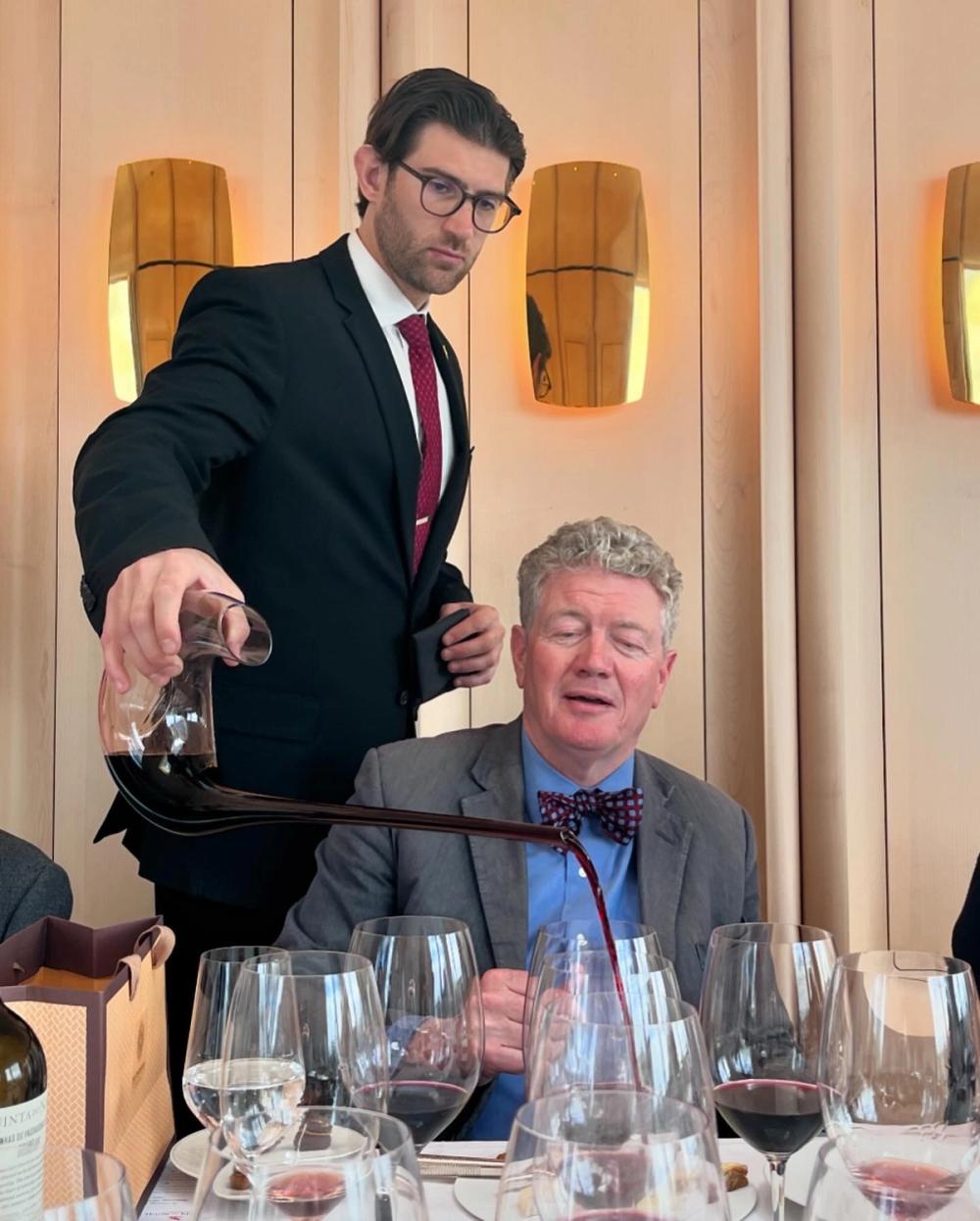
Christian Seely and the magnificent Quinta do Noval Vintage Port 2022
Amid a flurry of spring tasting back in London, there were lots of standout Italian wines, but during a superb lunch and tasting in the glamorous, Concorde-themed Mach 2 room at the Peninsula hotel, Christian Seely of Quinta do Noval focussed on the whites and the increasing importance of field blends in contemporary Douro winemaking. The dry wines were excellent, and the whites, which Seely is particularly keen on, were very convincing, but port has a habit of upstaging everything, and Noval’s Nacional upstages most ports. The Quinta do Noval Nacional 2022 was thrilling to taste, a deep well of black fruit, liquorice and imposing grandeur — a thing of wonder.
In June, I had the privilege to be a guest judge at the Radici del Sud wine festival in Puglia, where Primitivo loomed large in my week. Yet the best examples I tasted were from an old favourite, Fatalone, in Gioia del Colle. ‘I don’t care what the market is looking for,’ owner Filippo Pasquale mischievously declared, while pouring a selection of back vintages. It was the Primitivo Riserva 2009 that blew me away, with its gorgeous nose of roasted chestnuts and sweet leather married to freshly crushed rosemary, pine resin and nutmeg.
From the dust and enervating heat of the Puglian summer, I zipped up to the Veneto, which was rainy, lush even more verdant than usual. Sometimes Prosecco is just the thing, and after the powerful wines of the south, the fine and delicate wines of Asolo DOCG were very welcome. Here, among the Palladian pleasure villas of the Venetians, I was reminded that wine is an expression of culture and sensibility as much as soil. The charming simplicity of a really good Prosecco – nearly always DOCG – might be hard to grasp if you arrive looking for complexity, but just as the clean symmetry of Andrea Palladio’s architectural vision swept away the camp, over-complicated fuss of the Baroque, the wines of Asolo were a fine reminder that simplicity is not inferior to complexity.
Back in London, a Vinho Verde masterclass at the end of June with Sarah Ahmed showed off the diversity and variety of a region that has been hugely commercially successful in the UK. It was a brilliant insight into the diversity of the region, and the Quinta do Ameal Loureiro 2012 was smoky, concentrated and intense — a stunning wine that proves the serious fine wine potential of the Minho. I’d always loved the Ameal wines, but even I was shocked at how stupendously good this was with over a decade of bottle-ageing and no oak.
Shortly after, I went along to a thrilling tasting of the wines of Grattamacco. Although it wasn’t the greatest wine of the tasting, the Grattamacco 1991, made from 50% Sangiovese and 50% Cabernet Sauvignon, was in fine shape, with tobacco and tea leaf aromas from another era in the development of Bolgheri, before the formation of the DOC, the relegation of Sangiovese and the success of Merlot. It stayed with me long after the glamour of the tasting had passed.
June concluded with another exceptional masterclass on the wines of Benanti, one of the pioneers of Etna. I was gratified to find that the Contrada Dafara Galluzzo 2021 was (thankfully) as beautiful tasted non-blind as it had been blind at a Decanter panel tasting earlier in the year, where it got a big and well-deserved score. A vineyard situated at around 750m on the north side of Etna, the centenarian vines produce a bewitchingly perfumed and yet sinewy wine of huge personality that captures the beauty and rawness of the volcano.
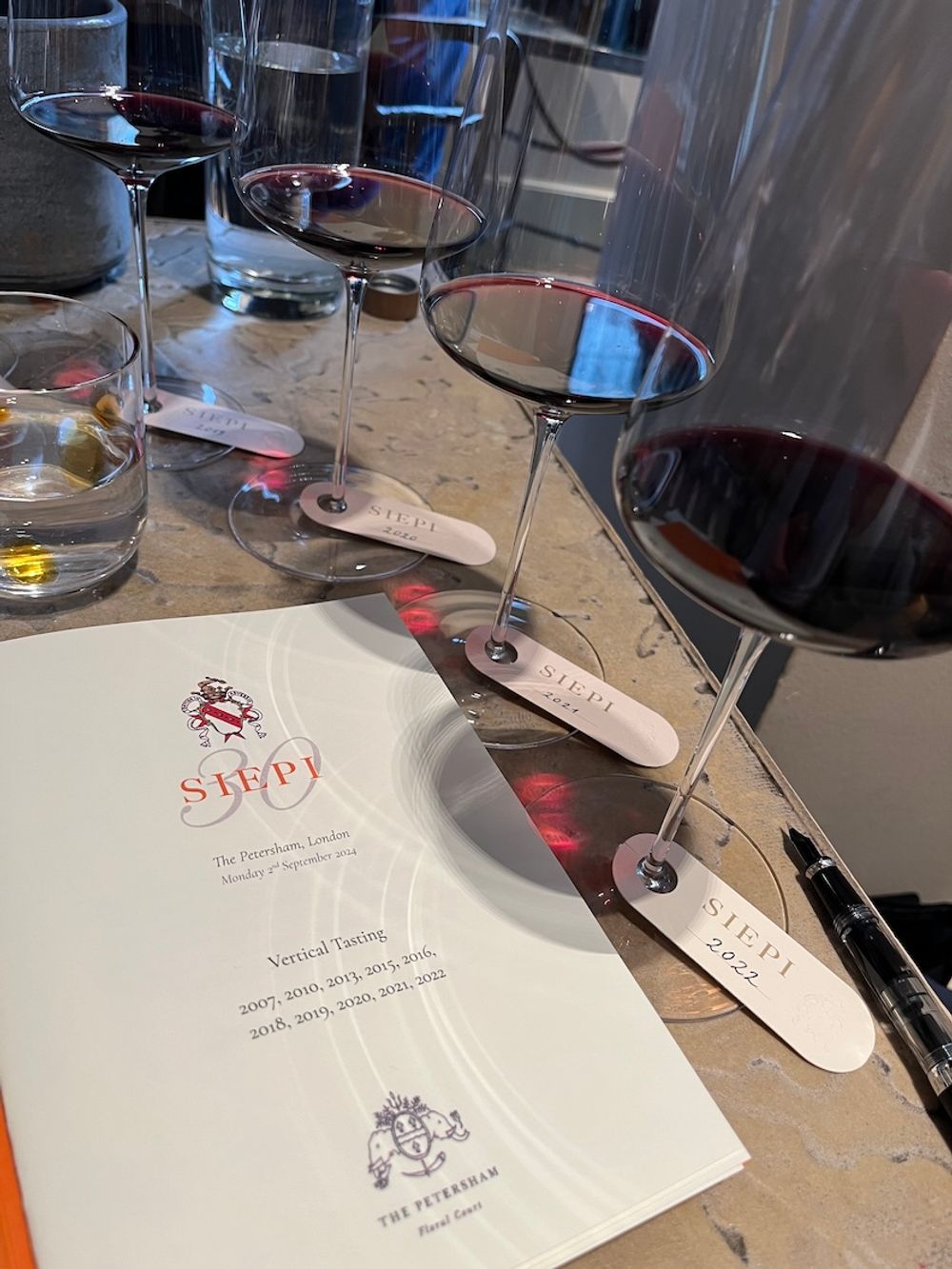
A Siepi retrospective at The Petersham
The autumn kicked off with retrospectives of Ken Forrester’s The FMC and Mazzei’s Siepi. Both producers went against the current of the times with these (now iconic) wines, and while the mature wines were truly excellent, the investments in quality that were evident in more recent vintages were both testaments to a long-term commitment to quality and conviction over chasing trends, albeit in two very different wineries. The Siepi 2019 was a showstopper, and The FMC 2016 proves that the original Chenin Blanc icon wine still delivers the goods.
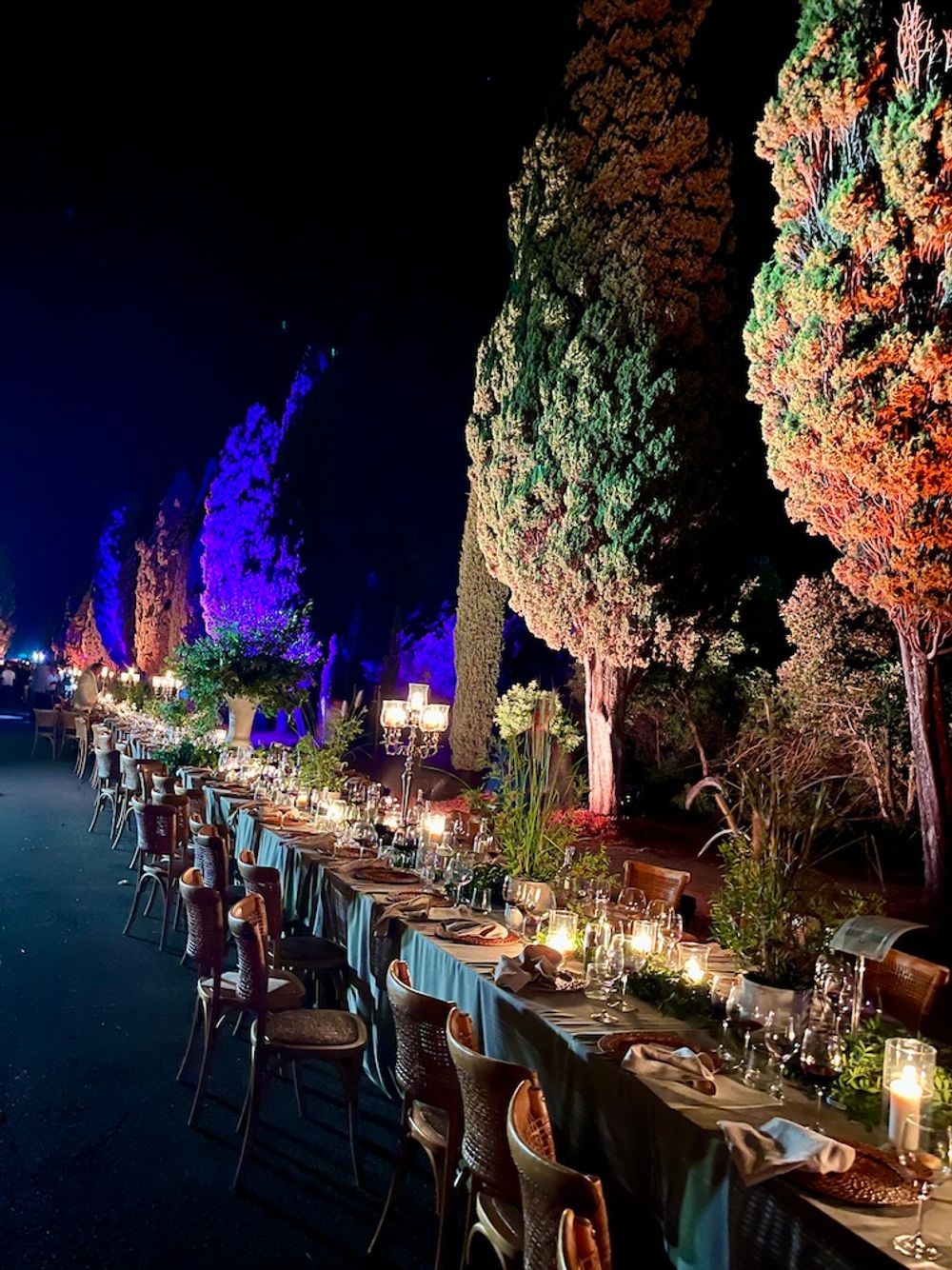
Bolgheri Divino by night
No Italian wine lover turns down an invitation to Bolgheri Divino, and certainly not on its 30th anniversary. As well as visiting the impressive operations at Argentiera, Sette Cieli and Caccia al Piano, I was honoured to attend the stunning dinner on the Viale dei Cipressi celebrating thirty years of the Bolgheri DOC in its modern incarnation. The kilometre-long table was set in a cinematic corridor of beautifully lit cypress tress — a testament to Italy’s great appreciation for beauty, and spectacle. It was like something from a Paolo Sorrentino film, although considerably better behaved. Sassicaia 1995 was a joy, all anchovy toast and steak crust, while the Michele Satta Bolgheri DOC 1999 was in stunning form and still remarkably youthful.
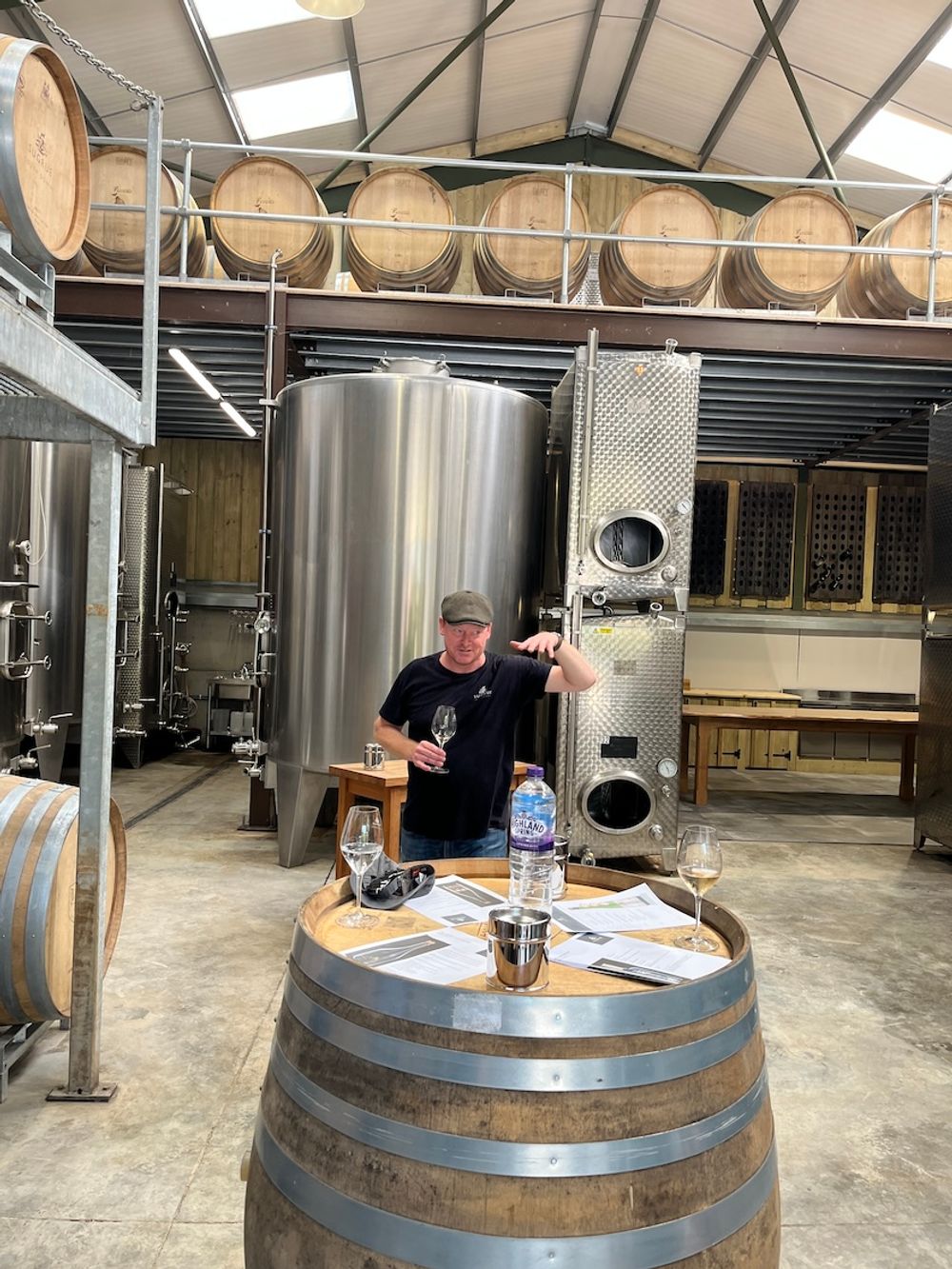
Dermot Sugrue presents his wines at Bee Tree vineyard
Closer to home, it was back to England for a day out at Bee Tree vineyard, the new home of Dermot and Ana Sugrue, where some extraordinary English wines will no doubt be produced. We were treated to several back vintages, the standout of which was The Trouble With Dreams 2017, an idiosyncratic vintage for this Sussex-based wine, as the fruit was largely sourced from the green sand soils of Jenkyn Place in Hampshire due to frost. It was beautifully developed with salted butter and toast notes, a world class wine with tremendous depth of flavour.

Alessandro Masnaghetti with the famous alberese of Chianti Classico
It has been a few years since I had been in Chianti Classico, but an illuminating visit in October with the Consorzio focussed on the new UGA system, with the help of the delightful Alessandro Masnaghetti and visits to some excellent producers —particularly Buondonno, Istine and Conte Capponi. Quality is so high in the DOCG, and Chianti Classico is probably the wine I drink the most regularly at home, so it was tough to pick the standouts. A magical dinner at Castello di Monsanto featured the beautiful Il Poggio 1969 and unforgettable Il Poggio 2004, and I came away encouraged about the potential for both the evolving Gran Selezione category, and even more so for the UGA system — as long as they can get the name onto the regular annata and Riserva sooner rather than later.
A Lambrusco trip with Wine Scholar Guild returned me to the scene of my WSET Diploma nightmares. Many flash card lost their lives in pursuit of memorising the myriad regulations and zones of Emilia-Romagna. These have now been streamlined, but it’s still not exactly self-explanatory, even to a group of wine educators. Our visit included a stop at Paltrinieri,whose bracingly fresh Grosso 2021 was a showcase for Sorbara, one of the Lambrusco varieties that charmed me the most and which seem perfectly placed for success in the UK.
Tracking further south, November brought me to Montalcino for Benvenuto Brunello, and a look at the just-bottled 2020s. Having tasted very widely for a piece earlier in the year on Rosso di Montalcino, I focussed exclusively on Brunello, and was charmed by the open and perfumed nature of the vintage. I managed to fit in a few visits as well, including to Biondi-Santi and Poggio di Sotto. Both wineries represent a new era for Montalcino, having moved from family to corporate ownership. Yet the changes on show seemed evolutionary rather than revolutionary, certainly if the outstanding Poggio di Sotto Brunello di Montalcino 2018 was anything to go by, while the spicy, balsamic and still assertively tannic Biondi Santi Brunello di Montalcino Riserva 1997 was a reminder of the heritage that is on the line if they get it wrong.
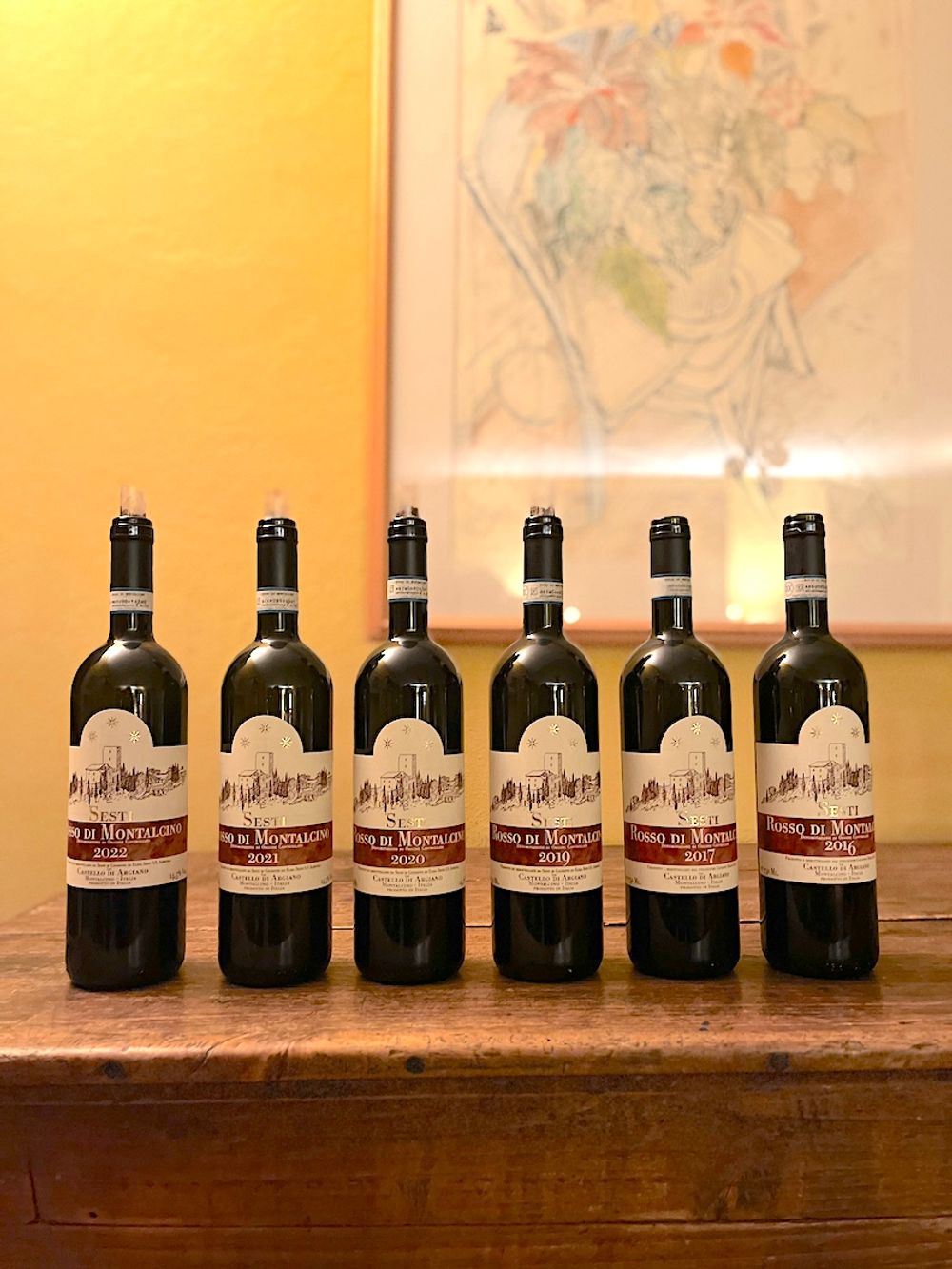
A vertical of Sesti's marvellous Rosso di Montalcino, 2022-2016
As a personal highlight, I finally had the opportunity to visit the Sesti family’s Castello di Argiano for the first time this year, despite having loyally followed the wines in bottle for my whole career. I could pick just about any of the family’s wines to stand as a metaphor here, but the seamless and resoundingly authentic Sesti Rosso di Montalcino 2021 was glorious. The wines here have that rare quality that might be even more important than quality — personality.
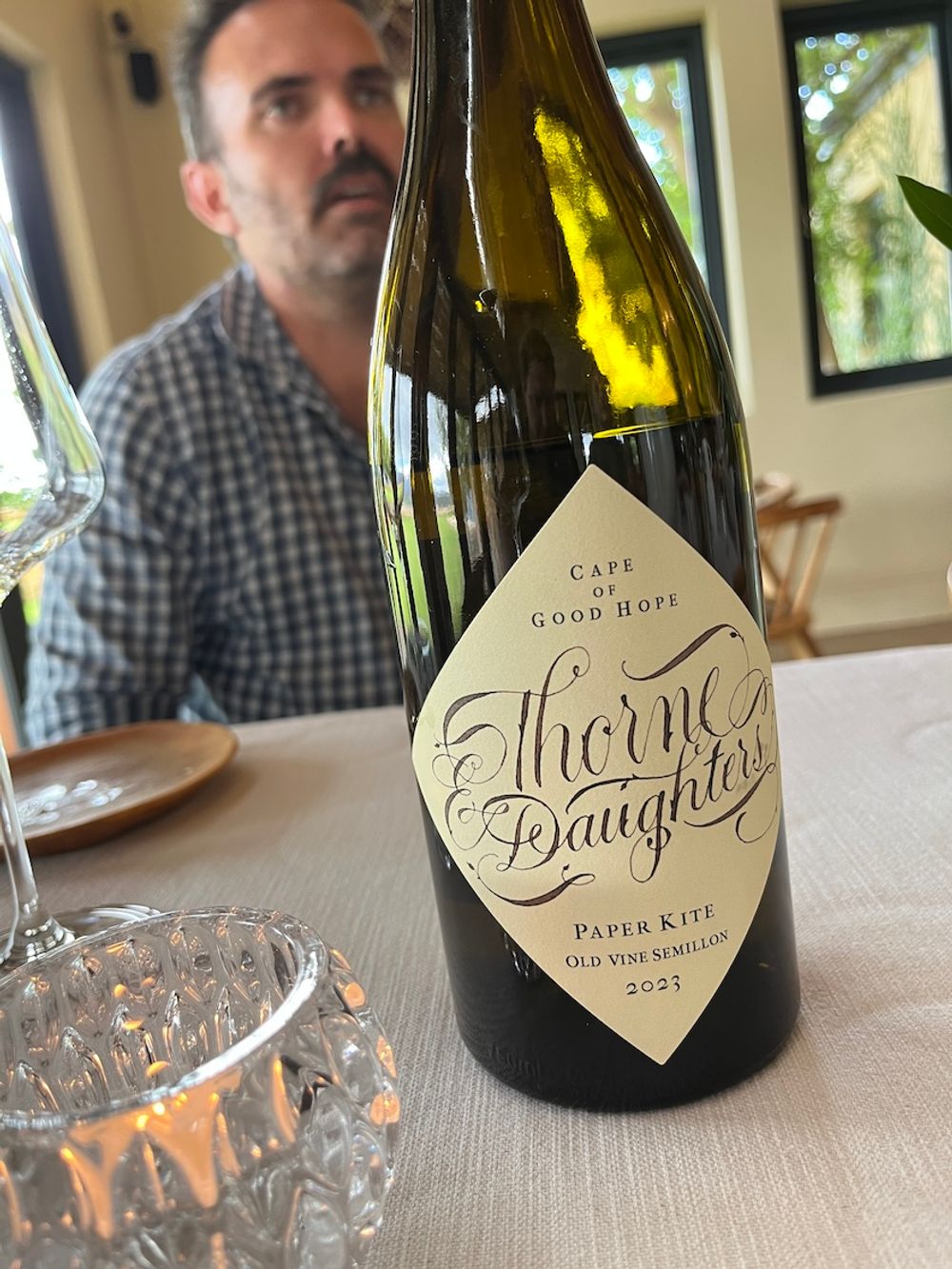
My 2024 wound up with a barnstorming trip to South Africa, just as the British winter began to set in. When it came to standout wines, there were dozens. John Seccombe’s stunning Thorne & Daughters Paper Kite 2023 is a profound and mysterious Semillon from the Cape, one of the very best, and I finally made it to Lismore, Samantha O’Keefe’s pioneering Greyton project. Her expansive Lismore Cuvee Blanc 2022 is a recent addition to the range, based on Roussanne, which seems to thrive on the farm, and sits somewhere between Beaucastel Vieilles Vignes and Chave’s Hermitage Blanc in scale and scope.
Then there was Mullineux’s Olerasay, made from the highest acid fruit on their granite-based parcels — fermented with wild yeasts over nine months, it was just the 4th bottling from the solera. It’s an outstanding creation, perfectly balanced, with reverberant complexity and unlimited potential.

Eben Sadie in his new winery in the Swartland
And what about Eben Sadie’s new Sadie Family Wines Rotsbank 2023, a new wine to the Old Vine Series? After years of trying to buy the vineyard from a local co-op, Eben managed it in 2020, and the results are mesmerising. Pure Chenin, it builds to an orchestral swell from a solo opening. Like all his wines, there’s an extra level of clarity, purity and precision that very few producers in the world manage to get in.
I returned to London for Christmas, but my heart in 2024 was left behind, somewhere between the Sesti’s Narnia-like Castello di Argiano and the saturated, raw beauty of South Africa. On reflection, 2024 might have been a difficult year in many spheres, but it is up there with the best years of my wine career.




























